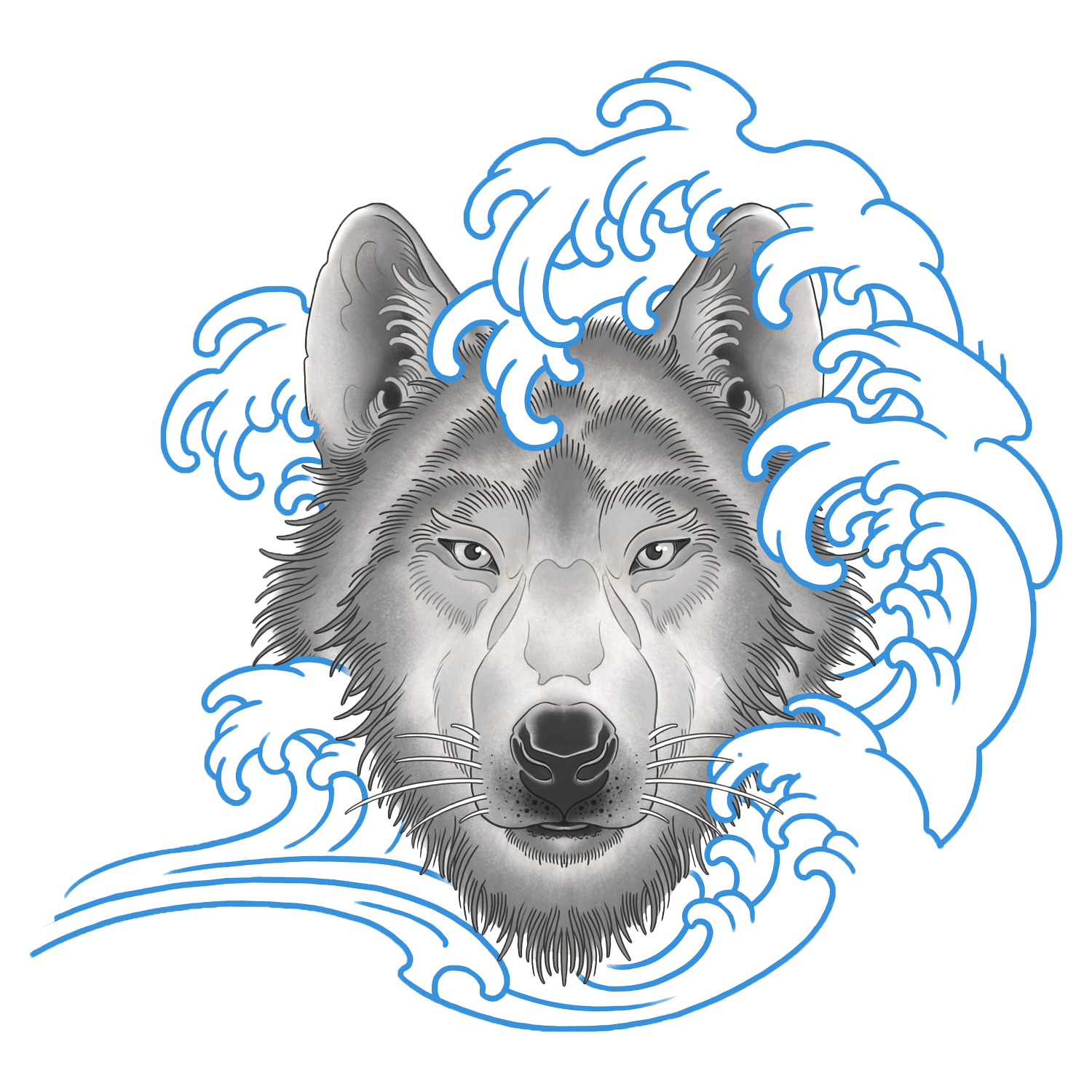the role of temperature in the reproduction
In our latest post, we explore the crucial role temperature plays in the reproduction of marine invertebrates. Today, we delve into the concept of the Biological Zero Point (BZP) and its correlation with gamete production. To avoid confusion, at Ocean Wolf, we specifically refer to it as the "Reproductive Biological Zero Point" (rBZP)
The rBZP signifies the temperature at which an organism ceases gamete production. Any temperature above this point contributes to gamete production, provided there is an ample food supply. This knowledge is instrumental in conditioning and timing aquaculture species in their reproductive cycle.
In abalone species such as Haliotis discus hannai, the reproductive Biological Zero Point (rBZP) stands at 7.6°C, with an estimated accumulative temperature (EAT) of 1500°C for full maturity. Farmers can strategically influence the spawning of their crops by managing temperature and ensuring adequate food. Once the average temperature surpasses the rBZP, the daily difference between the average temperature and rBZP is accumulated until reaching 1500°C. At this point, H. d. hannai individuals should be ready to release gametes.
However, caution is required in temperature adjustments. Gradual increments are necessary to prevent stress and potential mortality. Excessive temperatures can lead to heat stress, diminishing reproduction and prioritizing survival.
Ocean Wolf envisions applying these principles to New Zealand abalone species like pāua (Haliotis iris) and other shellfish. Further research on various marine invertebrates, native or non-native, could enhance our understanding of their biology and reproductive success.
Take Ficopomatus enigmaticus, for example. Global reproduction conditions vary, as seen in Italy and the Californian coastline. By studying rBZP and Estimated Accumulative Temperature (EAT), conflicts in reproduction could be resolved, shedding light on the species' success and informing mitigation efforts.
Explore the fascinating world of marine invertebrate reproductive biology with us at www.ocean-wolf.com. Stay tuned for our next post, where we'll discuss the evolution of sexes and hermaphroditism.
